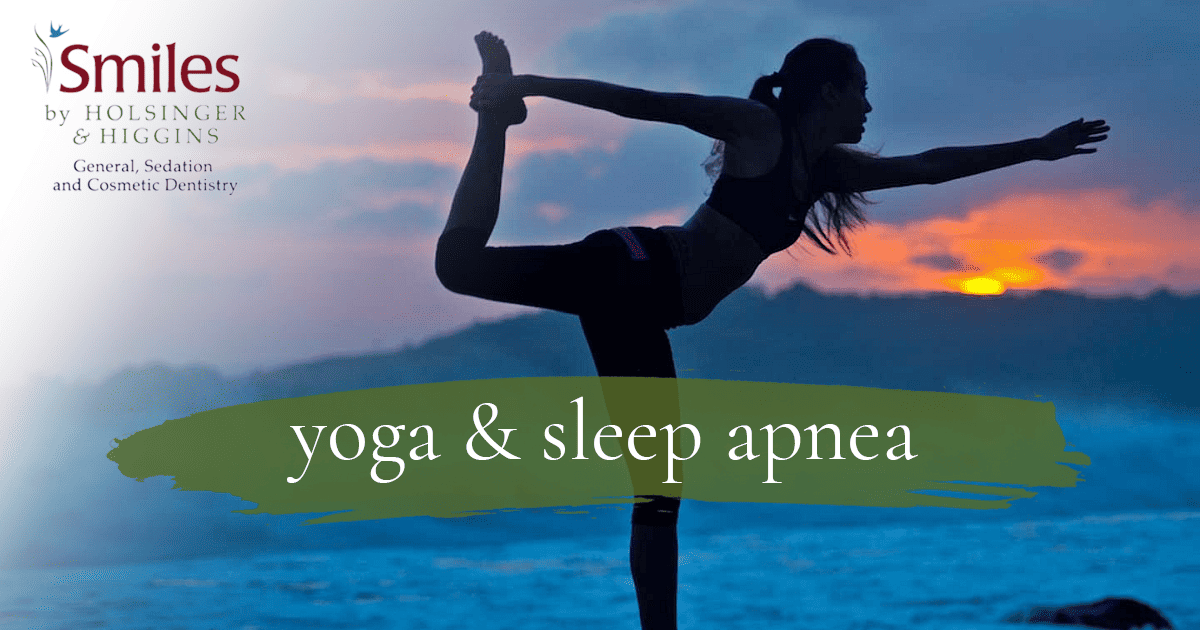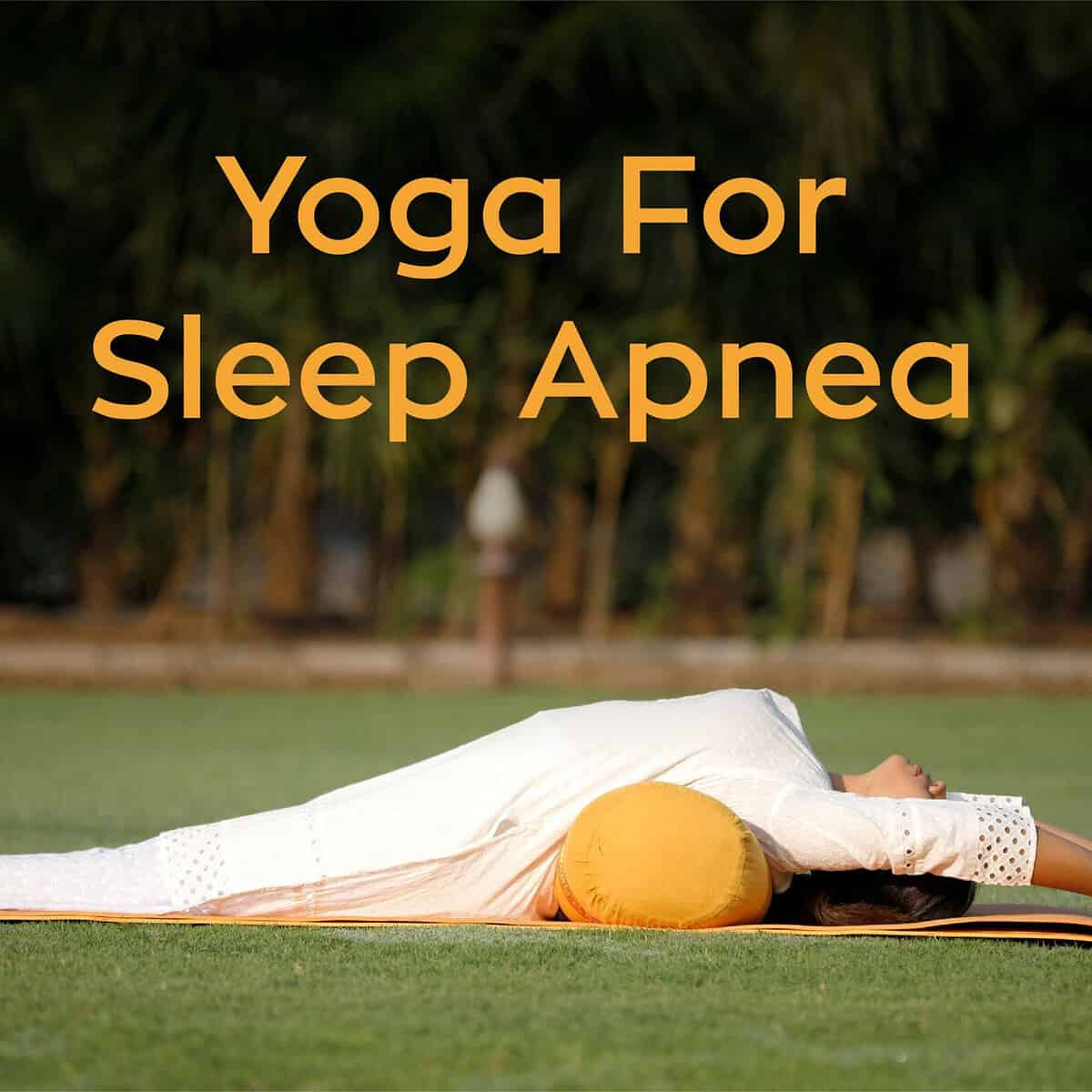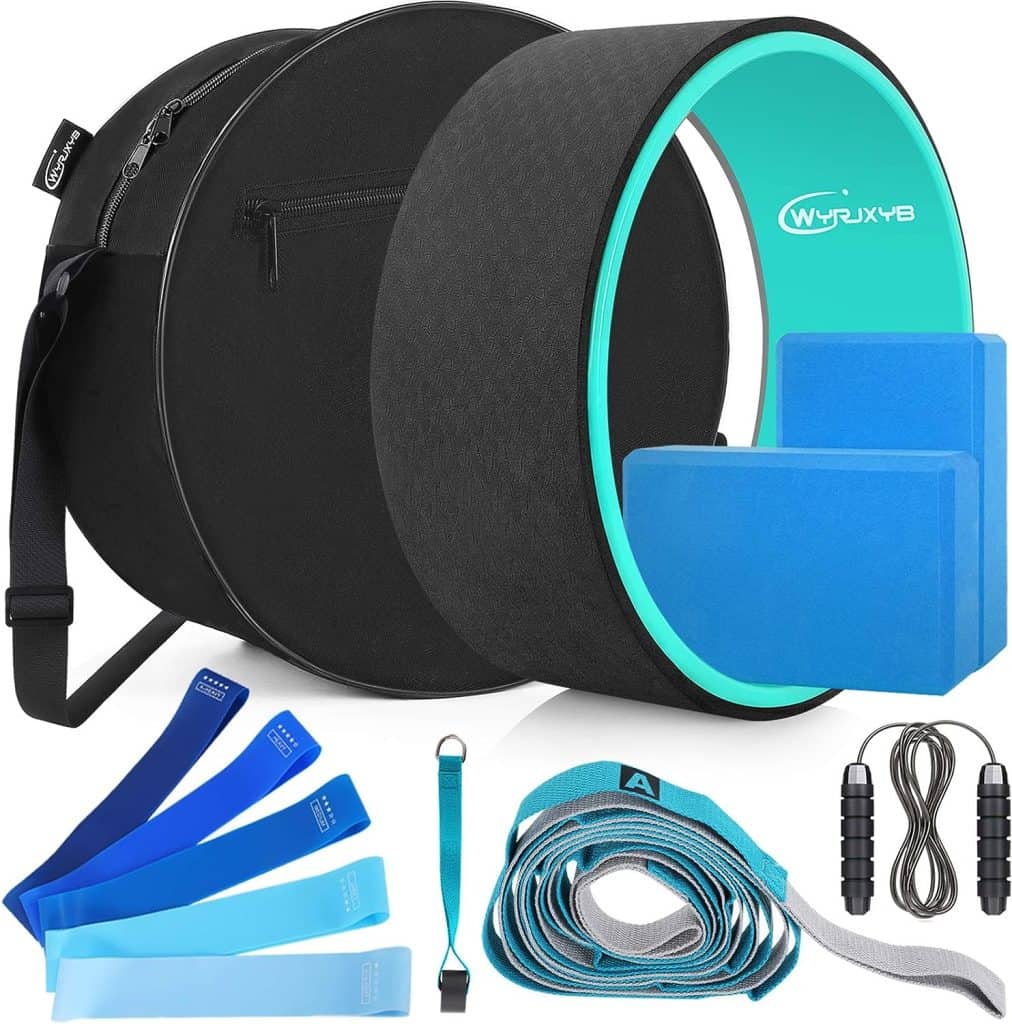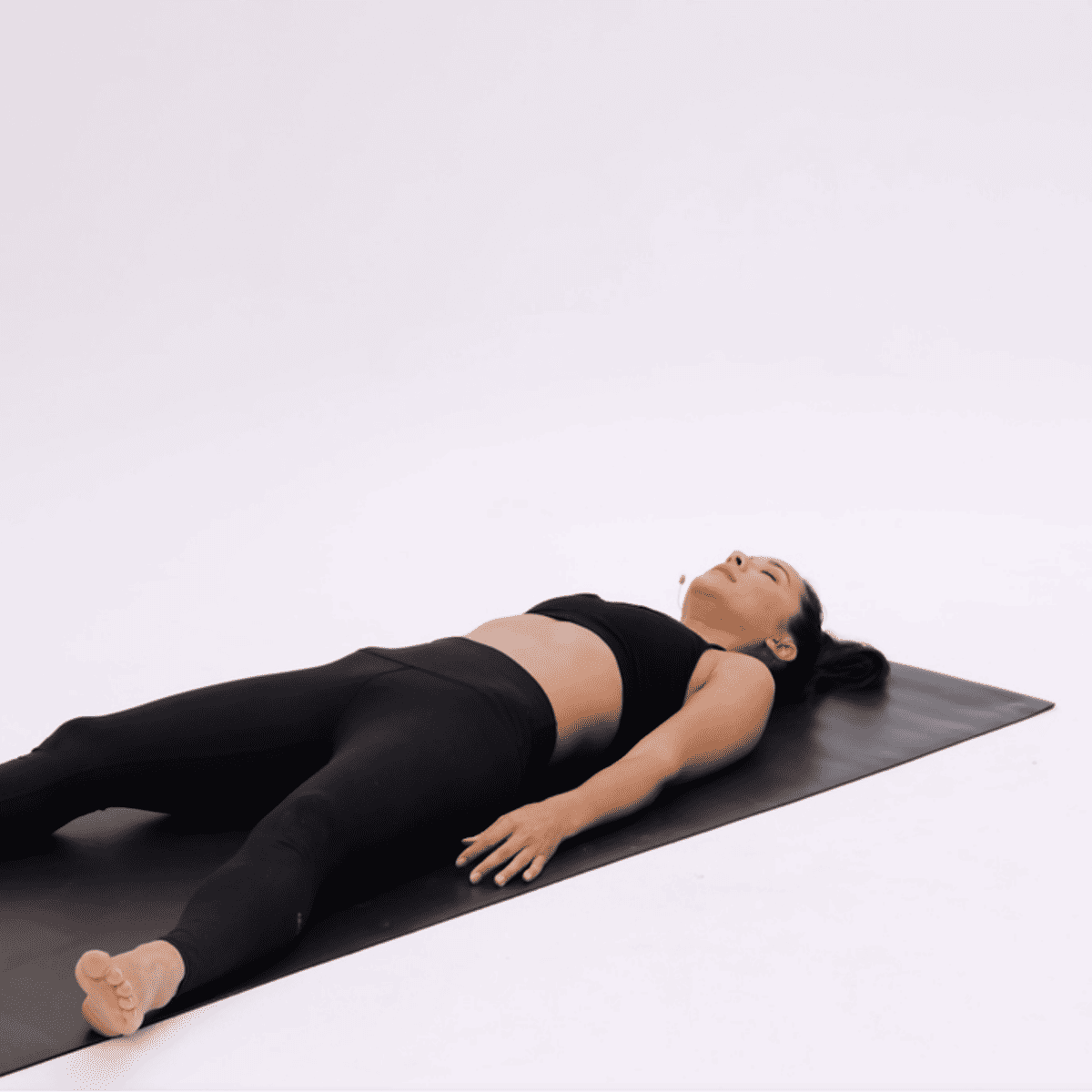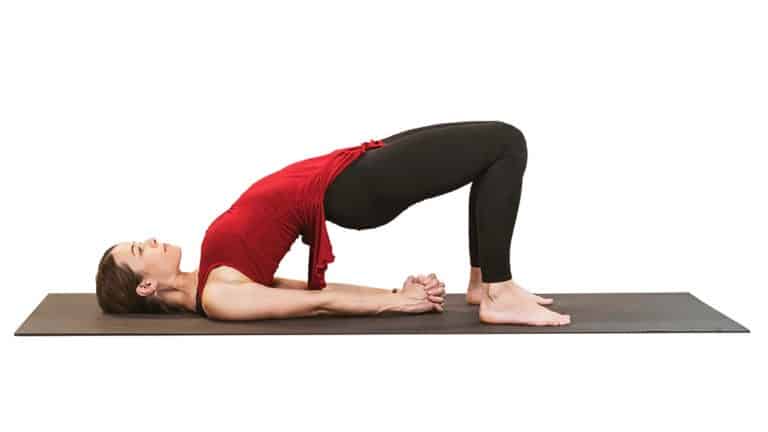In this article, we will explore the different types of yoga for sleep apnea, how yoga can specifically benefit those with sleep apnea, and provide a list of yoga poses that can be incorporated into a routine.
If you suffer from sleep apnea, incorporating yoga into your routine may help alleviate symptoms and improve your overall sleep quality. Yoga can help by improving breathing patterns, reducing stress and anxiety, and strengthening respiratory muscles. Understanding sleep apnea
We will also discuss the frequency and duration of yoga practice, as well as precautions and considerations to keep in mind
Definition of sleep apnea
Sleep apnea is a sleep disorder characterized by pauses in breathing or shallow breaths during sleep. These pauses can last for a few seconds to a few minutes and can occur multiple times throughout the night.
Sleep apnea disrupts the normal sleep cycle, leading to poor sleep quality and daytime fatigue.
Types of sleep apnea
There are three main types of sleep apnea: obstructive sleep apnea (OSA), central sleep apnea (CSA), and complex sleep apnea syndrome (CSAS).
OSA is the most common type and occurs when the muscles in the back of the throat fail to keep the airway open.
CSA is less common and happens when the brain fails to send the proper signals to the muscles that control breathing. CSAS is a combination of both OSA and CSA.
How yoga can help with sleep apnea
Improving breathing patterns
Yoga focuses on deep, controlled breathing, which can help improve breathing patterns for individuals with sleep apnea. By practicing yoga regularly, you can train your body to take slower, deeper breaths, reducing the likelihood of pauses or shallow breaths during sleep.
Reducing stress and anxiety
Stress and anxiety can worsen sleep apnea symptoms. Yoga incorporates relaxation techniques, such as meditation and mindfulness, which can help reduce stress and promote a sense of calm. By managing stress levels, you may experience fewer sleep disruptions caused by sleep apnea.
Strengthening respiratory muscles
Certain yoga poses target and strengthen the muscles involved in respiration, such as the diaphragm and intercostal muscles. Strengthening these muscles can improve lung capacity and respiratory function, making it easier to breathe during sleep and reducing the occurrence of apnea episodes.
Specific yoga poses for sleep apnea
Alternate Nostril Breathing (Nadi Shodhana)
This breathing technique helps balance the flow of energy in the body and promotes deep, rhythmic breathing. To practice Nadi Shodhana, sit comfortably with your spine straight.
Close your right nostril with your right thumb and inhale deeply through your left nostril. Close your left nostril with your ring finger and exhale through your right nostril. Repeat this process, alternating nostrils for several minutes.
Corpse Pose (Savasana)
Savasana is a relaxation pose that helps calm the mind and body. Lie flat on your back with your arms by your sides and your legs extended. Close your eyes and focus on your breath, allowing your body to fully relax. Stay in this pose for 5-10 minutes, or longer if desired.
Bridge Pose (Setu Bandhasana)
Bridge pose stretches the chest and opens up the lungs, promoting deep breathing. Lie on your back with your knees bent and feet flat on the floor.
Press your feet into the ground, lift your hips, and interlace your hands underneath your body. Hold this pose for several breaths, focusing on expanding your chest and breathing deeply.
Child’s Pose (Balasana)
Child’s pose is a gentle resting pose that helps release tension in the back and shoulders. Start on your hands and knees, then sit back on your heels and lower your forehead to the floor. Extend your arms forward or rest them by your sides. Take slow, deep breaths and allow your body to relax in this position.
Creating a yoga routine for sleep apnea
Frequency and duration
To experience the benefits of yoga for sleep apnea, it is recommended to practice at least three times a week. Each session should last around 30 minutes to an hour, depending on your comfort level and availability.
Combining yoga with other lifestyle changes
While yoga can be beneficial for sleep apnea, it is important to remember that it is not a standalone treatment. It is recommended to combine yoga practice with other lifestyle changes, such as maintaining a healthy weight, avoiding alcohol and sedatives before bed, and sleeping on your side instead of your back.
Precautions and considerations
Consulting with a healthcare professional
Before starting any new exercise routine, including yoga, it is important to consult with a healthcare professional, especially if you have any underlying health conditions. They can provide guidance and ensure that yoga is safe and appropriate for your specific needs.
Modifying poses for individual needs
Not all yoga poses may be suitable for everyone with sleep apnea. It is essential to listen to your body and modify poses as needed. If a pose causes discomfort or difficulty breathing, it is best to skip it or find an alternative pose that works for you.
Yoga for Sleep Apnea – FAQs
1. Can yoga help with sleep apnea?
- Yes, yoga can be beneficial for managing sleep apnea. Certain yoga practices can improve breathing patterns, strengthen respiratory muscles, and promote relaxation, potentially reducing the severity of sleep apnea symptoms.
2. What are the best yoga poses for sleep apnea?
- Some effective yoga poses for sleep apnea include:
- Pranayama (Breath Control Techniques): Such as Nadi Shodhana (Alternate Nostril Breathing) to regulate and balance breathing.
- Cobra Pose (Bhujangasana): Helps open the chest and improve lung capacity.
- Bridge Pose (Setu Bandhasana): Aids in stretching the chest and neck muscles.
- Child’s Pose (Balasana): Encourages relaxation and can relieve stress contributing to sleep apnea.
3. How often should I practice yoga for sleep apnea?
- The frequency of yoga practice depends on individual needs and preferences. Starting with 2-3 sessions per week and gradually increasing can be a reasonable approach. Consistency is essential for experiencing the potential benefits.
4. Can yoga completely cure sleep apnea?
- While yoga can be a supportive practice for managing sleep apnea, it may not completely cure the condition. It can, however, help alleviate symptoms and improve overall well-being when used alongside other treatment methods.
5. Is yoga alone enough to treat sleep apnea, or do I need other treatments?
- Yoga can complement other treatments for sleep apnea, but it is generally not used as a standalone treatment. It’s essential to consult a healthcare professional for a comprehensive approach that may include lifestyle changes, medical interventions, and breathing devices.
6. Are there any specific breathing techniques in yoga for sleep apnea?
- Yes, specific breathing techniques in yoga, such as Diaphragmatic Breathing (also called Belly Breathing) and Kapalbhati (Skull Shining Breath), can improve respiratory functions and may be beneficial for sleep apnea management.
7. Can yoga worsen sleep apnea symptoms?
- For most individuals, yoga is safe and can be helpful for sleep apnea. However, some advanced yoga poses that involve intense inversions or holding the breath for an extended period may not be suitable for those with severe sleep apnea or other respiratory conditions.
8. How long should I practice yoga before expecting sleep apnea improvement?
- The timeline for improvement varies for each individual. Some may experience positive effects relatively quickly, while others may need more time. Patience and consistent practice are key.
9. Can yoga and weight loss help with sleep apnea?
- Yes, a combination of yoga and weight loss can have a positive impact on sleep apnea, particularly if excess weight is a contributing factor to the condition. Yoga can aid in weight management and overall well-being.
10. Should I practice yoga in the morning or evening for sleep apnea management?
- The timing of your yoga practice depends on your personal preference and daily schedule. Some individuals find that a calming evening practice helps promote relaxation before bedtime, potentially supporting better sleep. Experiment with different times to see what works best for you.
Conclusion
Incorporating yoga into your routine can be a beneficial addition to managing sleep apnea. By improving breathing patterns, reducing stress and anxiety, and strengthening respiratory muscles, yoga can help alleviate symptoms and improve sleep quality.
Remember to consult with a healthcare professional, modify poses as needed, and combine yoga practice with other lifestyle changes for optimal results. Start your yoga journey today and experience the positive impact it can have on your sleep apnea.
Originally posted 2023-02-28 14:26:39.

